 |
 |
 |
| |
HIV Infection May Make the Brain 15 to 20 Years Older:
HIV slows cerebral blood flow and stimulus response in MRI study
|
| |
| |
16th Conference on Retroviruses and Opportunistic Infections, February 8-11, 2009, Montreal
Mark Mascolini
"If this trend in aging (in the slide below) in the Swiss cohort table continues by 2015 we think over 50% of HIV-infected individuals will be over 50 yrs old."..... "There is about a 15-year brain aging because of HIV-infection"..... "How do we link this all together and how is this creating a strain on the brain. HIV and aging both have a lot of similar parallels for naïve and memory T-cell function, replicative sinesence as all as even increased cytokine production, so they could have parallel streams that could be developing. So when we have a younger HIV+ individual (represented in slide below) they have aging that is present and they may have co-morbidities present, as well HIV being present contributes to stress on the brain. As they get older the comorbidities present as well as aging may put a strain on the brain on top of HIV".
Older age and HIV infection both upset cerebral blood flow, regardless of viral load, current CD4 count, or lowest-ever (nadir) CD4 count, according to results of a brain scan comparison involving older and younger people with and without HIV. By these measures, the brain of an HIV-infected person may be up to 20 years older than the brain of a person without HIV.
Beau Ances and colleagues proposed that "observed differences do not correlate with existing markers of HIV disease and could reflect ongoing inflammation and oxidative stress that continue to occur despite relatively good virologic control by antiretroviral therapy."
Ances hypothesized that HIV and aging affect cardiac, liver, endocrine, kidney, bone, and possibly brain function. To test the effect of HIV and aging on the brain, he measured cerebral blood flow with arterial spin labeling magnetic resonance imaging in people with and without HIV. The scans yield blood oxygen level-dependent imaging maps of brain activity.
The study involved 26 people with HIV and 25 uninfected controls. Age averaged 39 in the HIV group (+/- 12 years standard deviation) and 41 (+/- 12 years) in controls, a nonsignificant difference (P = 0.56). Education level was also similar in the two groups--averaging 15 years in HIV-infected people and 16 in controls. The HIV group included more men than the non-HIV group (77% versus 56%), but that difference was not statistically significant (P = 0.11). People with HIV had a median CD4 count of 486, a median CD4 nadir of 278, and a median plasma viral load around 1000 copies. Fifteen people with HIV (58%) were taking antiretrovirals.
Baseline cerebral blood flow declined significantly with age in both the HIV group and controls (P < 0.001) and was significantly lower in the HIV-infected people at every age (P < 0.001). But there was no statistical interaction between HIV infection and age. Functional cerebral blood flow changes in response to a checkerboard visual stimulus increased with HIV (P = 0.005) and HIV infection (P = 0.013). Again, Ances saw no statistical interaction between HIV infection and age. Functional blood oxygen level-dependent changes in response to the visual stimulus fell significantly with both age (P = 0.001) and when comparing the HIV group with the non-HIV group (P = 0.048). Once more, there was no statistical interaction between HIV infection and age.
Together, these findings indicated that HIV and aging produce similar additive--but not interactive-effects. The reason for these effects remains unknown, but Ances speculated that HIV-induced decreases in endothelial function or platelet function could lead to decreases in cerebral blood flow. In addition, he suggested that HIV-driven increases in inflammation could lead to increases in metabolic demands, and that could translate into increased functional cerebral blood flow in response to a visual stimulus.
Ances calculated that HIV infection is equivalent to a 15-to-20-year increase in brain aging. Whether a person took a protease inhibitor or a nonnucleoside regimen did not affect magnetic resonance imaging results.
The investigators suggested that cerebral blood flow measurements may provide a useful noninvasive biomarker for assessing effects of HIV in the aging brain.
Reference
1. Ances B, Yeh J, Vaida F, et al. Additive effects of aging and HIV serostatus on cerebral blood flow. 16th Conference on Retroviruses and Opportunistic Infections. February 8-11, 2009. Montreal. Abstract 157.
(Slide presentation available online at http://www.retroconference.org/2009/data/files/webcast.htm. Click on Wednesday, then on Play Audio and Slides at Emerging Patterns of Neuropathogenesis, then on Index, then on Beau Ances.)

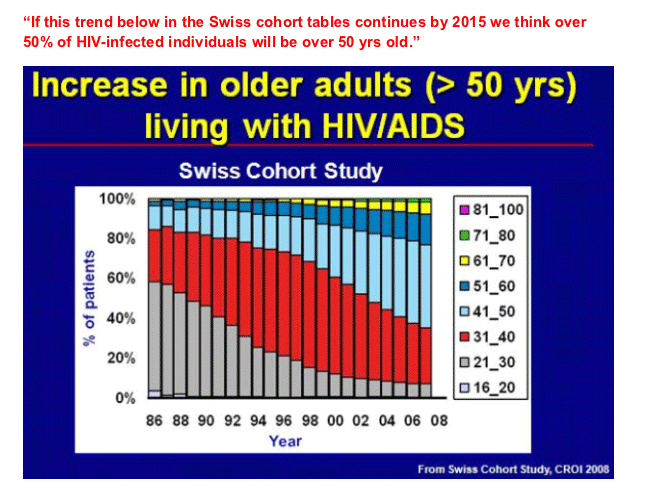
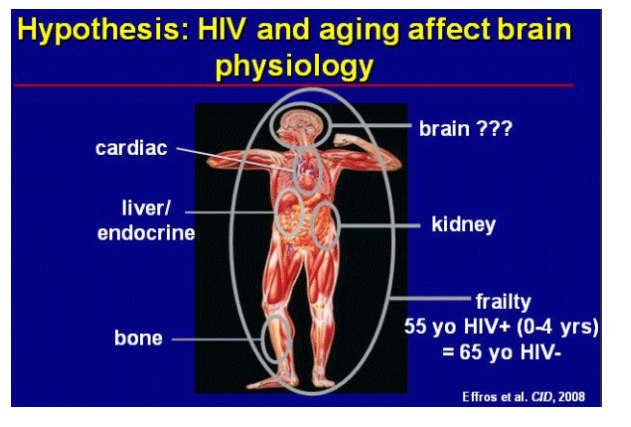

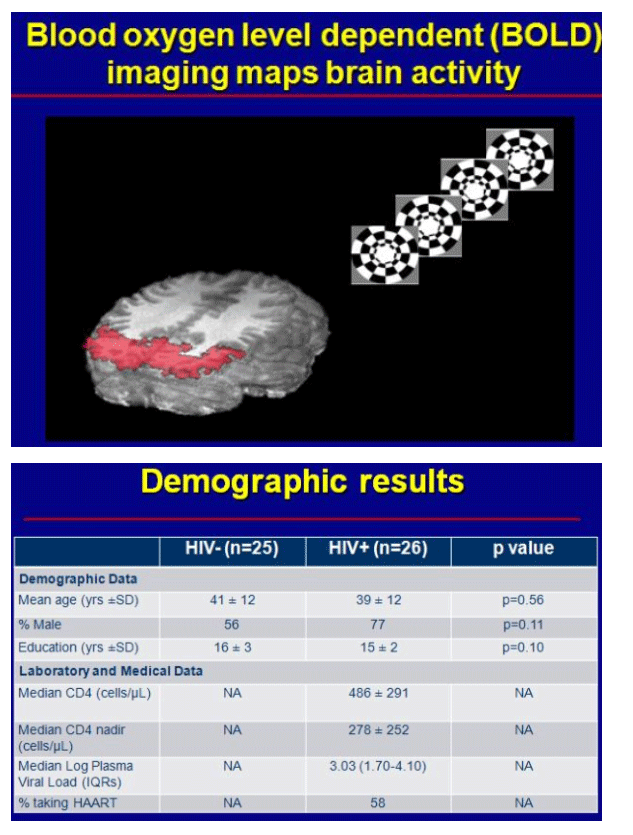
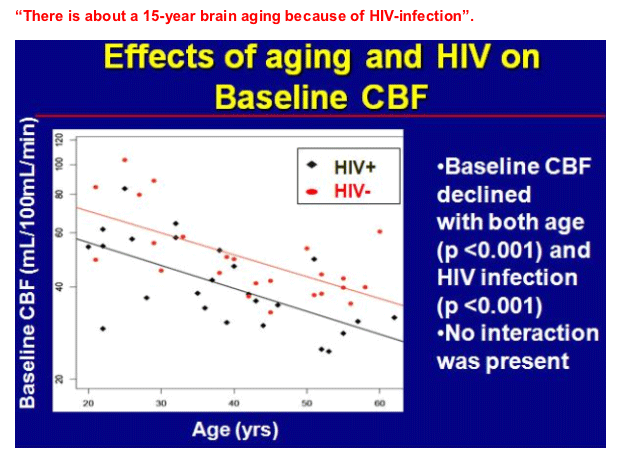
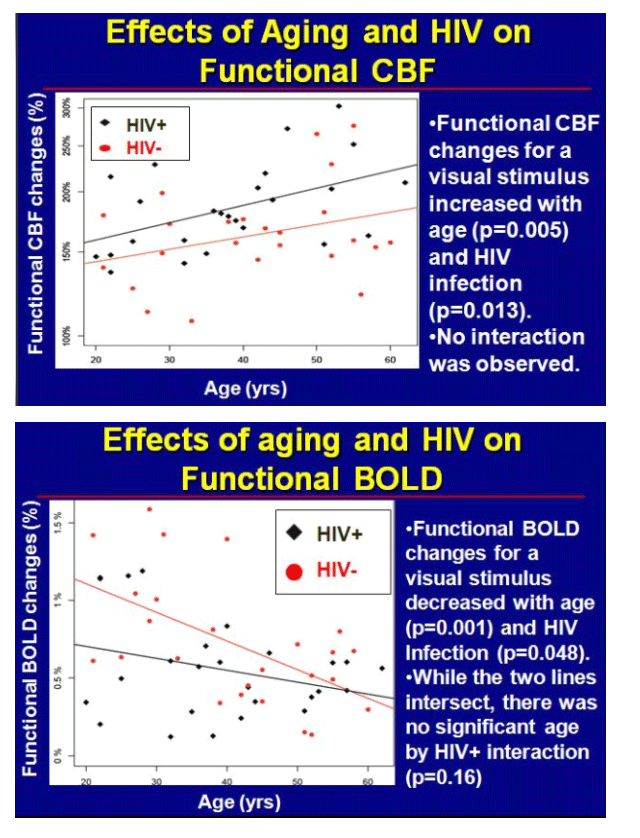
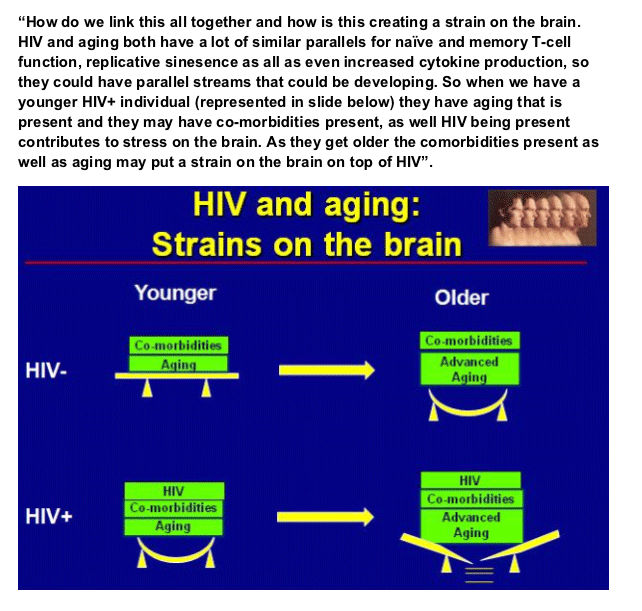
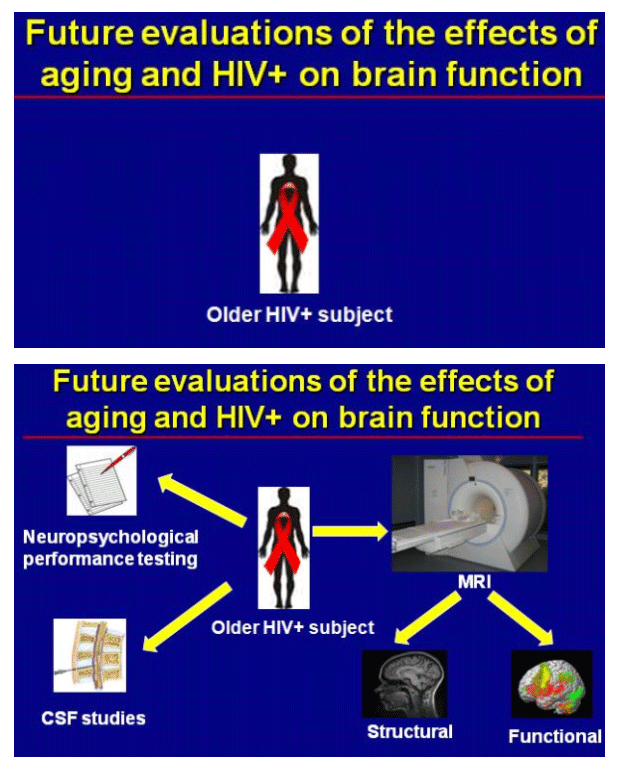
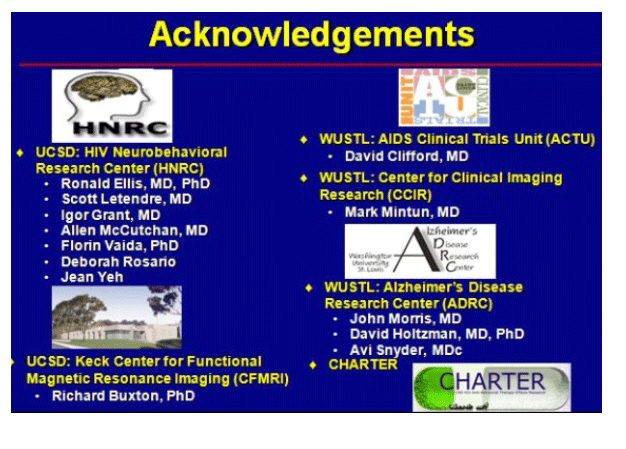

|
| |
|
 |
 |
|
|